Scotland's thatched buildings surveyed
- Published
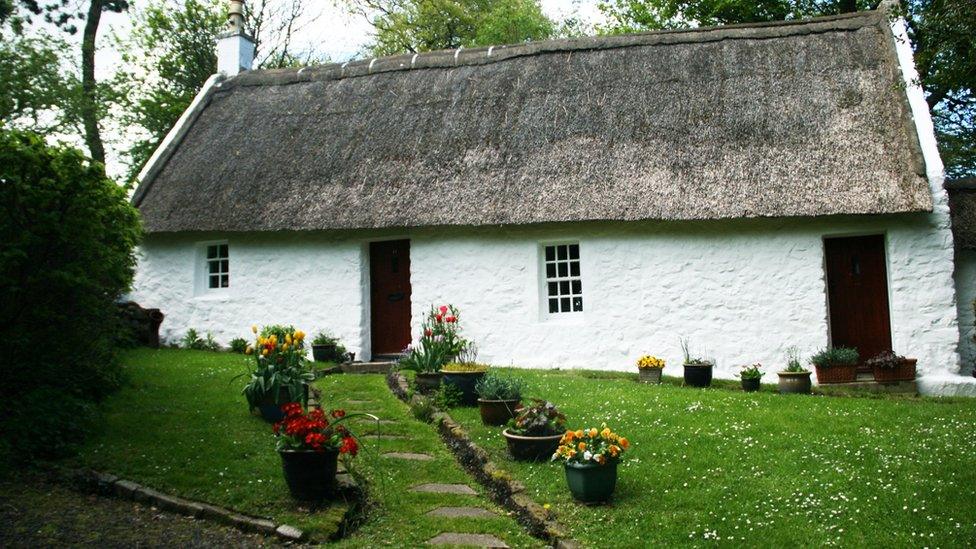
Several of the buildings are in Swanston Village, on the outskirts of Edinburgh
Scotland's 305 thatched roof buildings have been surveyed for the first time.
The majority of the buildings are in the Western Isles, but there are examples all over Scotland, including on the outskirts of Edinburgh.
Thatch used to be a common roofing material in rural Scotland, but has now largely disappeared.
The 632-page survey, external was compiled by the Society for the Protection of Ancient Buildings (SPAB) and funded by Historic Environment Scotland (HES).
It includes photographs of every building, information on the type of thatch and its condition, as well as stories from those living in them.
HES said thatch was the first roofing material used in Scotland, and a very wide range of thatching techniques can be found in the country.
Rye, heather, reed and marram grass were all used to thatch buildings.
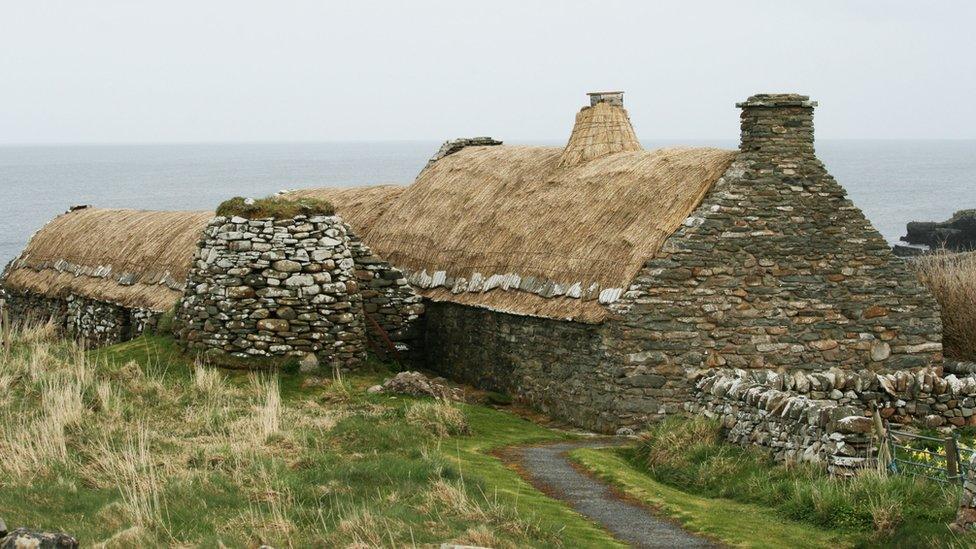
Shetland crofthouse
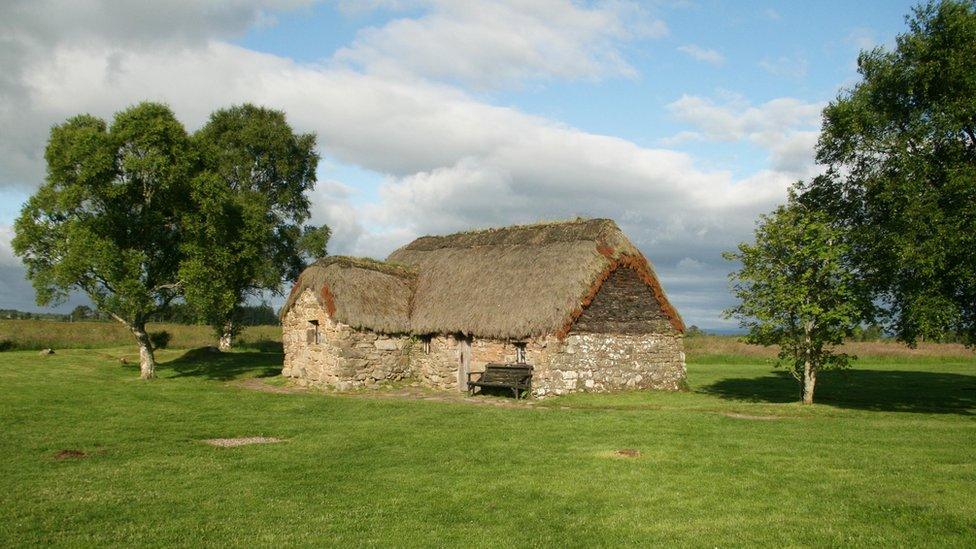
Old Leanach Farmhouse on Culloden Moor near Inverness
Colin Tennant, from HES, said: "Thatched buildings are an iconic part of our heritage and Scotland's wider historic environment, particularly in our rural areas. They form a unique part of our diverse built heritage and culture, providing a real insight into the craft skills and traditional practices of our past.
"These new findings allow us to identify Scotland's surviving thatched building stock and will also inform discussions with our partners in the sector on how we can help conserve these buildings for future generations, whether that be through skills training, technical advice or different funding approaches."
In some parts of Scotland, thatching continued until the start of the 20th Century.
The practice declined because of a loss of skills and when other roofing materials like corrugated iron and slate became widely available.
According to the survey, the Western Isles have 67 buildings with thatch remaining and the Highlands 44. Perth and Kinross has 21 and there are 13 in Argyll and Bute.
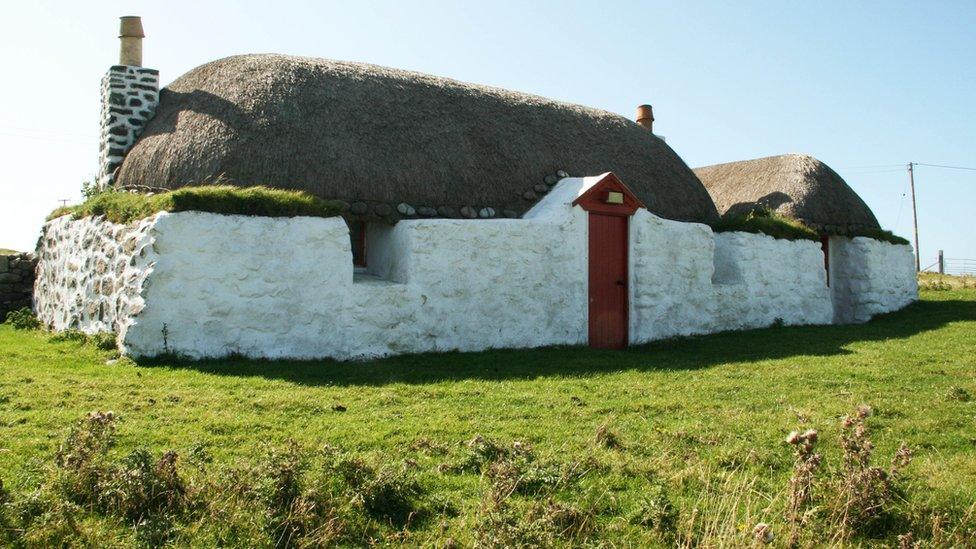
Balevullin Cottage on Tiree is one of the 13 buildings in Argyll and Bute with thatch remaining

Use of thatch as a roofing material declined rapidly in the 20th Century
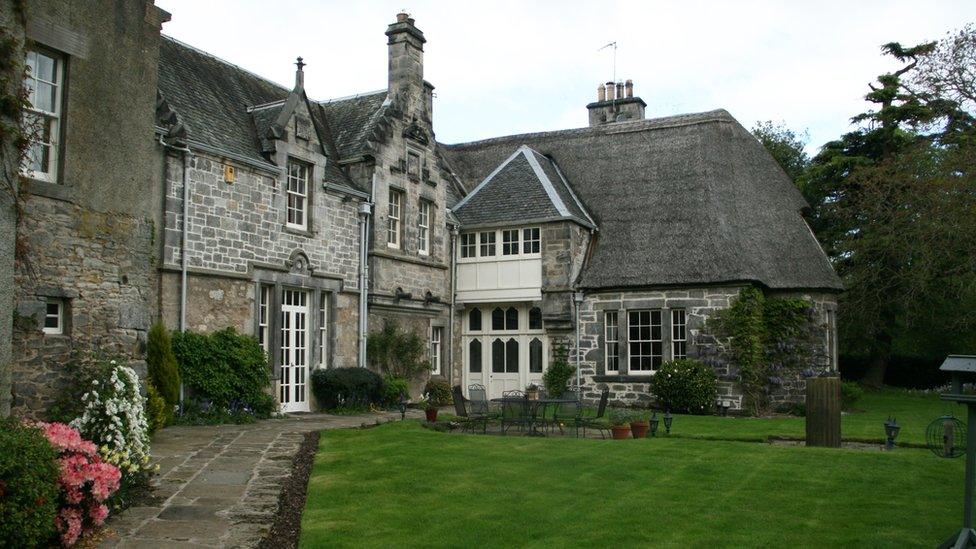
Barony House near Edinburgh
Matthew Slocombe, director of SPAB, said: "These buildings are quintessentially Scottish and their historic value is immense.
"Yet perhaps because they are humble working structures or perhaps because of the very way they were built - lying low to protect and shield their former occupants - we have allowed them to slowly vanish from the radar.
"This survey will pay an important part in helping to safeguard and understand these valuable and iconic buildings."